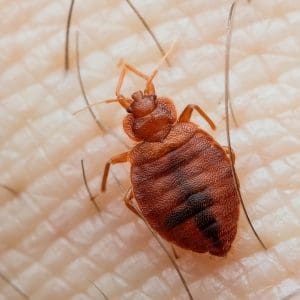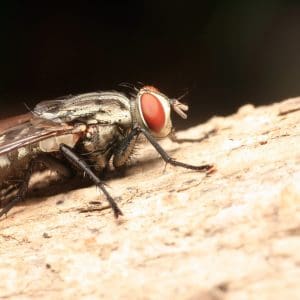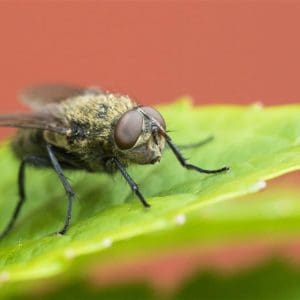Vergo Pest Management Ltd has over 45 years industry experience, offering both commercial and residential customers fast and effective pest control services banishing public health pests.
As members of the Canidae family, they include dogs, wolves, and coyotes, foxes are adaptable and intelligent creatures capable of thriving in diverse environments. Their behaviours, diet, and habitat preferences make them both intriguing and essential to the ecosystems they inhabit.
Some key characteristics and behaviours of foxes:
- Appearance: Foxes are easily recognisable by their pointed ears, bushy tails, and reddish-brown coats, though their coloration can vary by species and habitat.
- Diet: As omnivores, foxes have a diverse diet that includes small mammals, birds, insects, fruits, vegetables and human food waste.
- Behaviour: These solitary animals are nocturnal, relying on their intelligence to navigate their environments and find food.
- Habitat: Foxes can adapt to a variety of habitats, from forests and grasslands to deserts. Certain species, like the Arctic fox, are even equipped to survive in extreme climates.
- Reproduction: Foxes are generally monogamous, with pairs mating for life. Females raise their pups in dens, nurturing the next generation.
- Role in ecosystems: Foxes are vital to ecosystem health, helping to regulate populations of rodents and other small mammals.
Foxes are remarkable creatures that contribute significantly to biodiversity and the balance of their habitats. However, their presence can sometimes lead to challenges, particularly when they adapt to urban environments or interact with human properties.






